Tea Leaf Characteristics:
Mist Maiden White Tea comes from trees older than 200 years old. After being harvested, the leaves are withered and dried. This light processing preserves the natural sweetness of the leaves.
Because the leaves of white tea are fluffy and fragile, they are not suitable for being made into loose tea or compressed tea cakes. Crafting them into 6-gram dragon balls not only makes brewing more convenient and prevents the leaves from breaking but also adds a certain aged charm to the white tea during the ball-making process.
These White Tea dragon balls contain spring 2024 leaves. Because ancient tea tree leaves are nourished in the winter by strict picking standards, the trees carry more young buds and a lower bud to leaf ratio, bringing out the richest and sweetest flavor without astringency or bitterness. It is the best season among the three harvests of the year—spring, summer, and autumn.
Location on Jingmai Mountain
Mist Maiden is produced from ancient trees found near Wengdong Peak Jingmai Mountain 1,400 meters (4,593 feet), near the site of the famous Beeking Tree, a sacred and magical banyan tree of the Blang People, offering leaves with a sweeter taste. There you’ll find unique growing conditions. A cooler climate, slower growth leaf and tree, unique soil conditions, and biodiversity found at higher elevations on Jingmai Mountain combine to produce this fruity, honey orchid flavor which is sweeter and more aromatic, making it particularly prized for its delicate and refined profile.
The Blang people are among the first in the world to domesticate and cultivate tea trees, with a history of over 1400 years of tea cultivation. In recent years, some Jingmai tea producers, including the Blang, have begun crafting high-quality white tea. They leverage the natural advantages of the ancient tea tree leaves from Jingmai Mountain, bringing out the ultimate sweetness and orchid fragrance in the white tea.

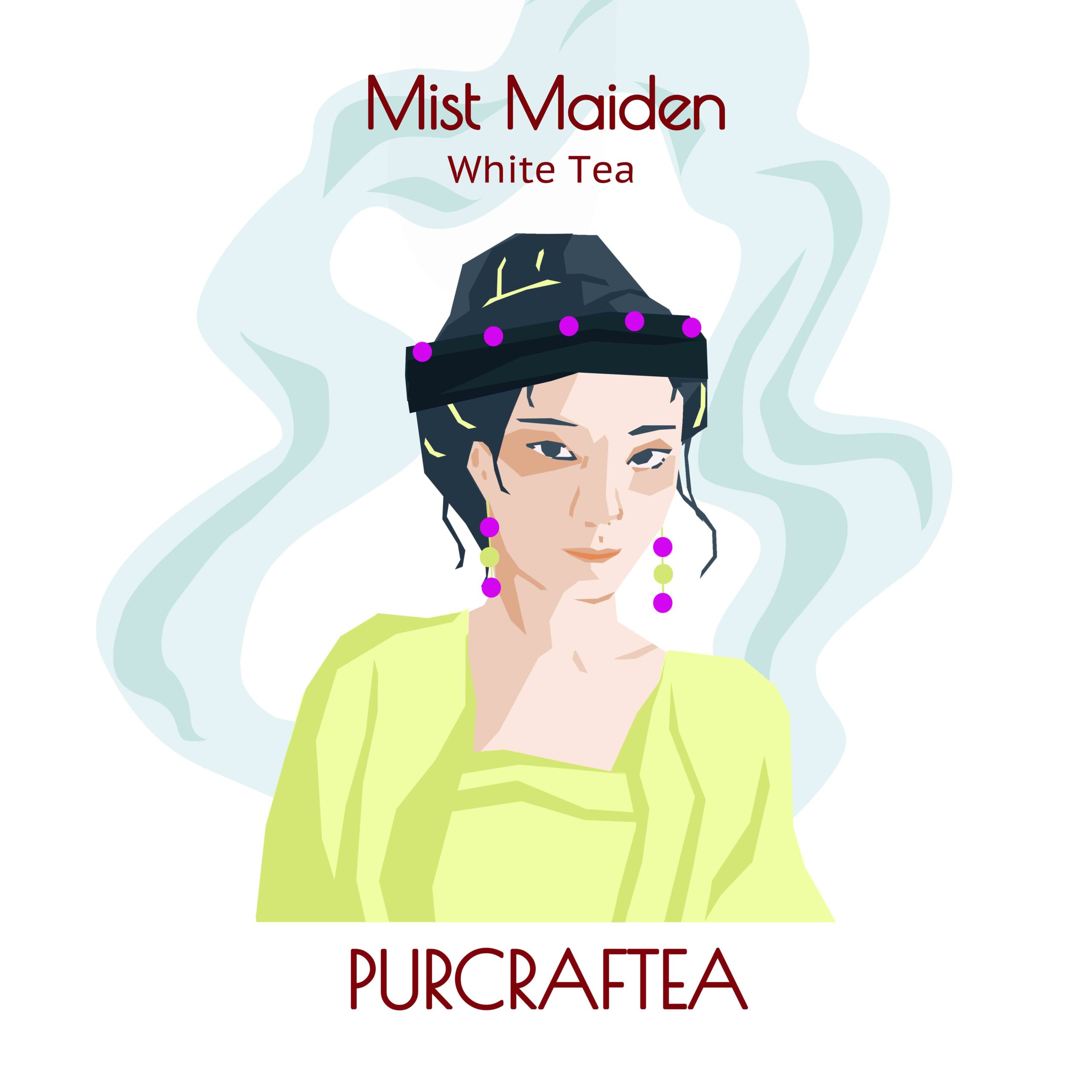
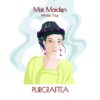
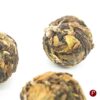
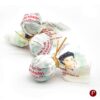
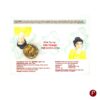
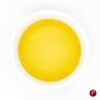
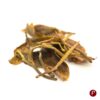
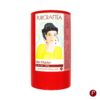
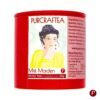
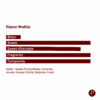








Reviews
There are no reviews yet.